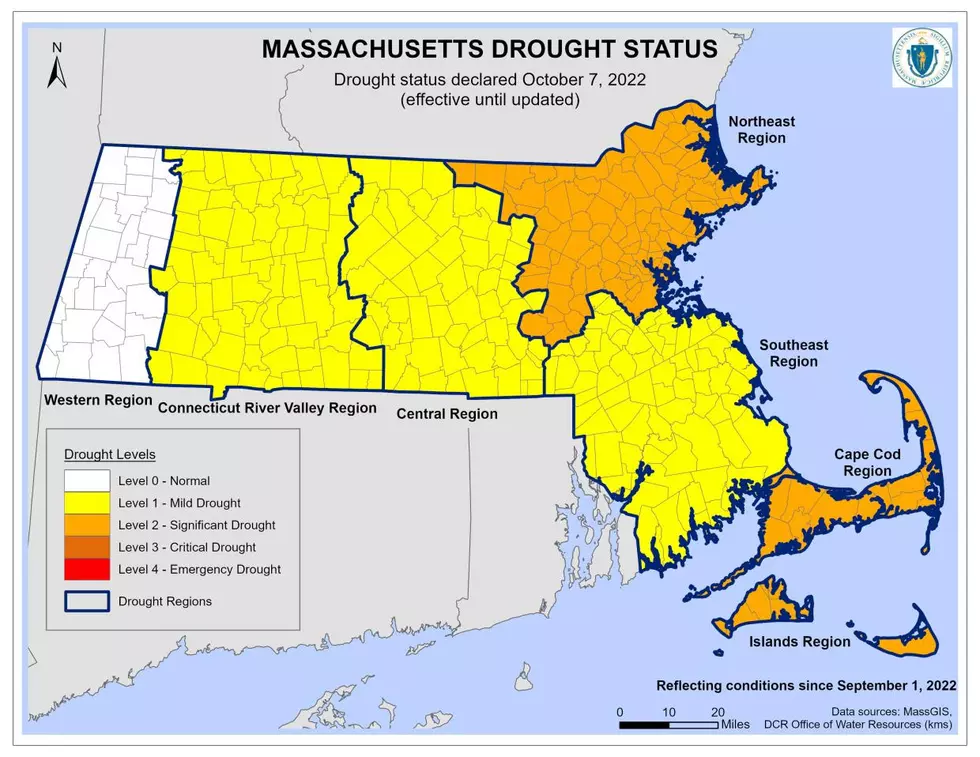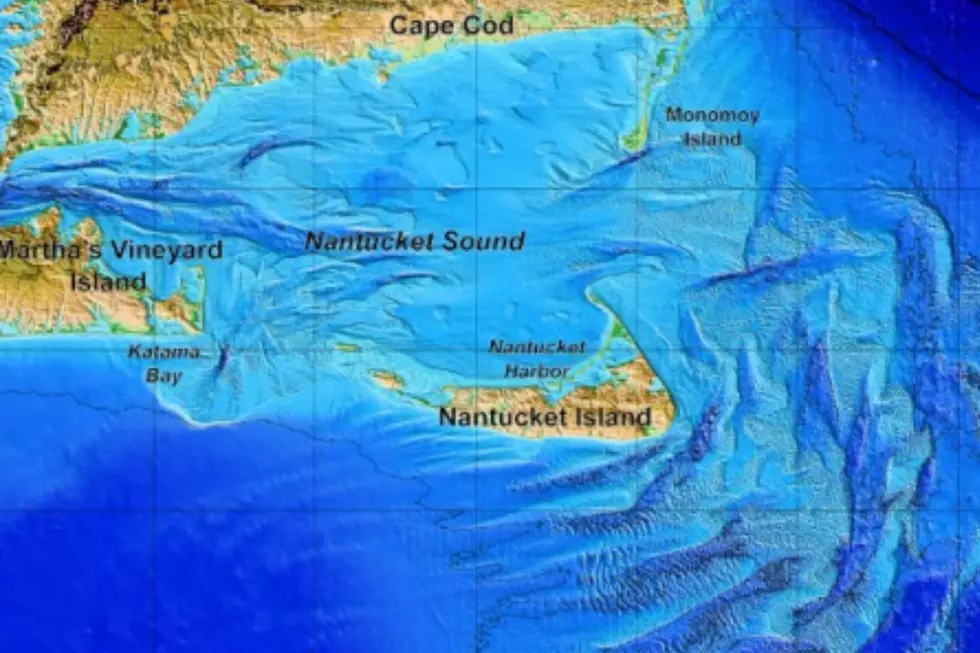
The SouthCoast Drought Persists Despite Lots of Rain
It seems as though the Southeastern Massachusetts area has had ponds full of rain ever since the remnants of Hurricane Ian passed through in late September and early October.
Despite all of the liquid relief, the region remains in a drought.
For a good deal of the summer of 2022, the SouthCoast wilted under a hot sun and very little in the way of rain. Many crops were impacted by the drought. Lakes, ponds, and streams showed the obvious effects of a lack of rain.
Those who might want to blame climate change or some other phenomenon for the dryness should consult weather maps and data because there was plenty of water falling from the sky – it just did a dandy job of skirting our immediate area.

The drought of 2022 – listed as Level 3 or critical drought – led several area communities, including Fairhaven and Dartmouth, to impose water use restrictions. Those restrictions have since been relaxed.
The Massachusetts Executive Office of Environment and Energy Affairs (EEA) has reduced the drought status to Level 1-Mild Drought for most of Massachusetts, including the Southeast Region.
The Cape Cod Region, the Islands Region, and the Northeast Region remain at Level 3-Critical Drought status.
September rains have resulted in some recovery for both streamflow and groundwater," the EEA stated. "However, drought impacts continue to be seen including some remaining dry streams and numerous slow-recharging or deeper wells across the state."
The EEA warned the drought may not be over.
"Due to remaining low groundwater and less rain since the end of September and start of October, streamflow in some areas is beginning to decline again," the organization stated.
KEEP READING: Get answers to 51 of the most frequently asked weather questions...
LOOK: The most expensive weather and climate disasters in recent decades
More From WFHN-FM/FUN 107









